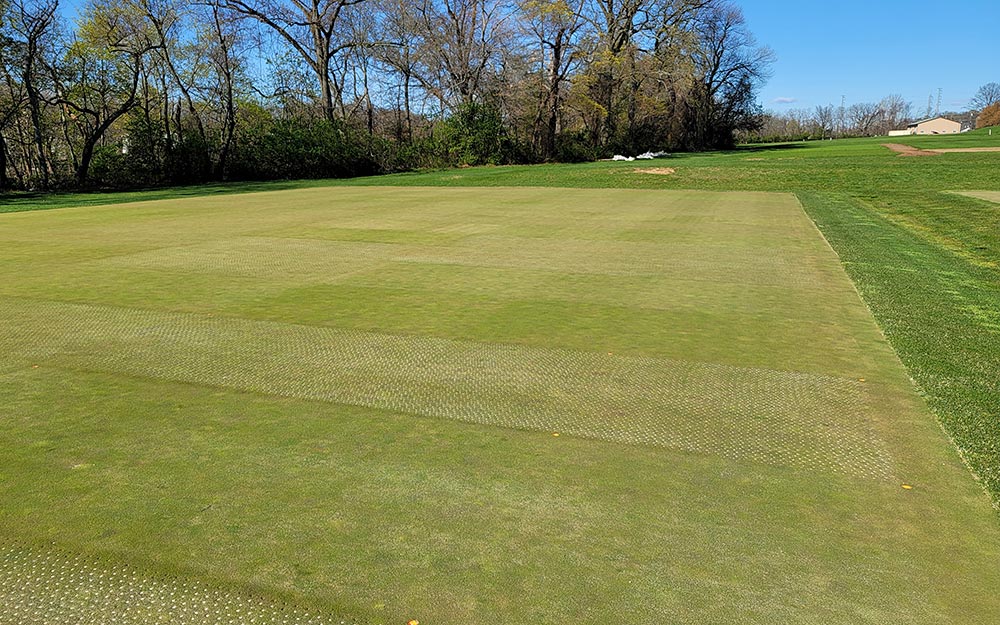Main Content
Extension Specialist, Turfgrass Management, Dept. of Plant Biology

My research evaluates turfgrass cultivars (varieties) and best management practices for turfgrass systems used in the metropolitan region surrounding New Jersey. Frequent use (traffic stress) of turfed landscapes often damages the vegetative cover of lawns, sports fields, golf courses and other landscapes. Our research identifies turfgrasses that have better survival under traffic, which is a major criterion of Rutgers Cooperative Extension recommendations on turfgrass varieties.
Additionally, my research team is exploring ways to better manage (fertilization, mowing, irrigation, topdressing, aeration, etc.) turf and improve plant health and sustainability. For example, the work of numerous students has optimized and integrated fertilization, mowing, and topdressing practices that can reduce the severity of anthracnose (foliar/crown disease) and reduce associated fungicide applications for this disease by as much as 80%. Currently, we are studying disease tolerant turfgrass varieties along with the use of weather-based models and other timing tactics for applying fungicides to minimize the use of fungicides to control dollar spot (foliar disease). Early results indicate that a strategy that combines tactics may reduce fungicide use by 50% or more.
Another of my research foci is developing topdressing sand and cultivation programs for golf course putting greens that will minimize disruption of the playing surface, improve resource efficiency, and mitigate stress.
